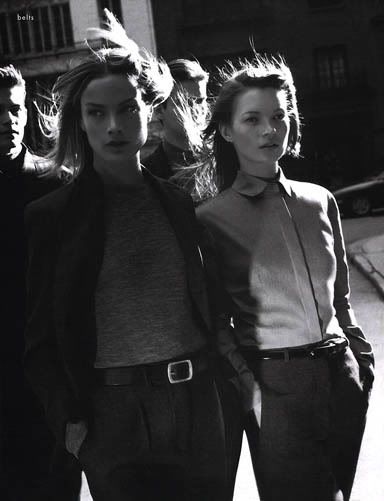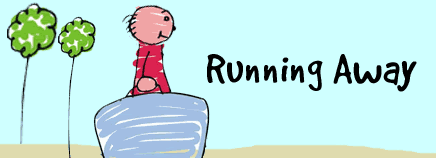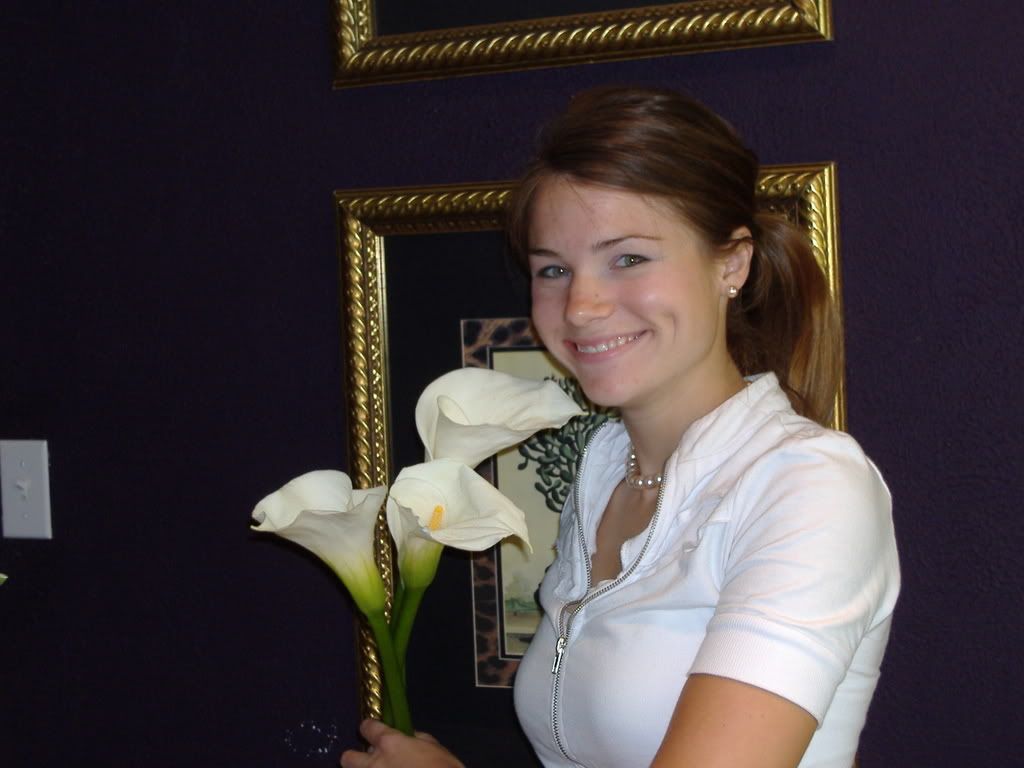
I am not sure why in every group I have ever been assigned to in school there is a person that seems to not care one bit whether he/she actually participates and contributes to the group? Why is it that there is this attitude of complacency among at least on person in what seems like every school project group? Does it not give these people some sense of guilt for letting the other members of the group do everything as the complacents just slide by and barely pass the project?
As I was assigned to my group for my Business class this semester initially I was very excited as it was what seemed to be a great group. Everyone seemed to be on the same page with everything, all dedicated to the final project and to doing it well. This initial meeting however, was without the sixth member of our group. It turns out that he was absent many many times from this class and in turn from our group. It has been a constant struggle for the group to get this person on board. Finally, one lady in the group stepped up to cover his aspect of the project just in case he would not get it done. She has done most of his research and is basically spoon feading him the material that he needs for his portion of the presentation.
The group as a whole is in the final stages of our project and two days ago this person approached me to ask me what he was supposed to be doing. After explaining that he needed to start initially with the research stage he showed up to our next meeting with nothing done.
I am not sure if there is just a severe lack of desire to do anything in school for this person. I am not sure if it is just that he feels like because he is in a group it gives him all the more reason to do nothing. Whatever the reason is, I think the group should have the ability to kick people like this "off the island", out of the group. It should not be our responsibility to watch over this person to make sure he is going to contribute something.
I realize that this phenomenon of group work will be something that I am going to have to deal with for the remainder of my education but also in the work place. I absolutely see the value in working as a team but I am just not sure why in every team there is a person who chooses to make it a trying experience for everyone else?





